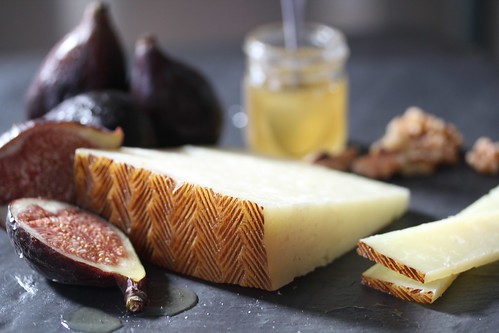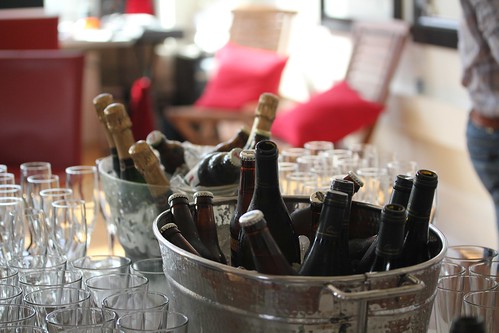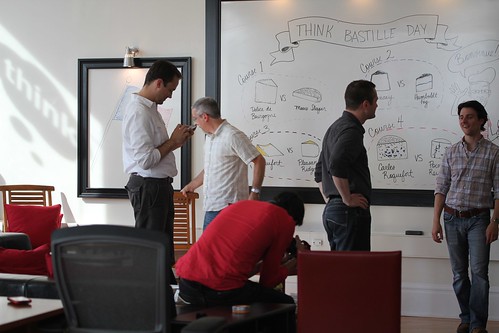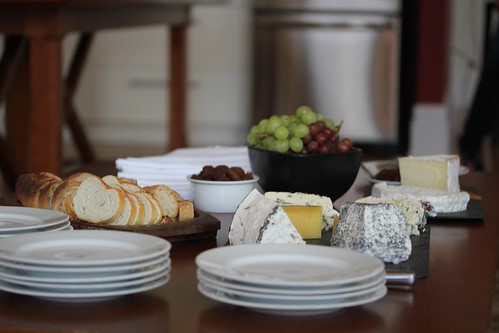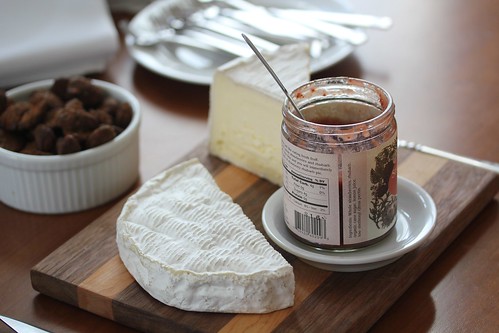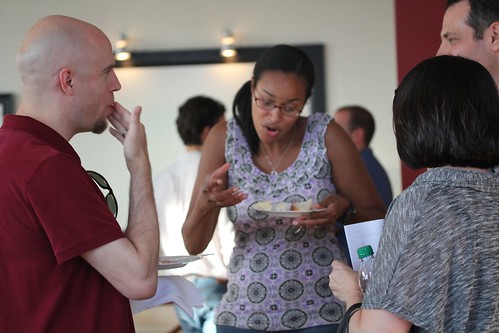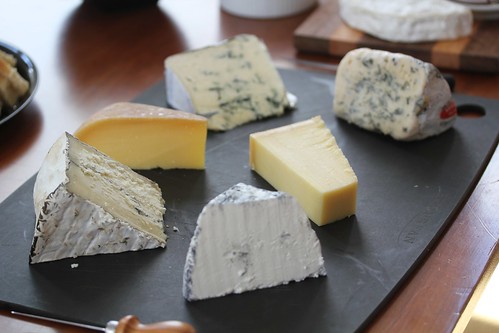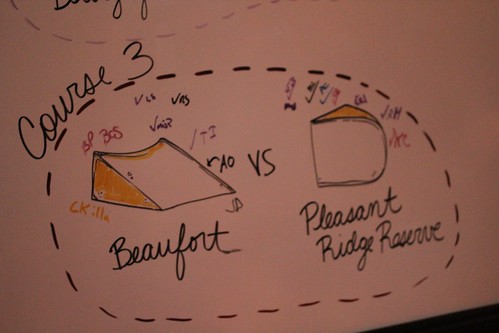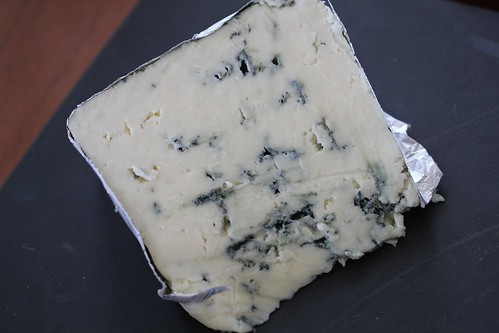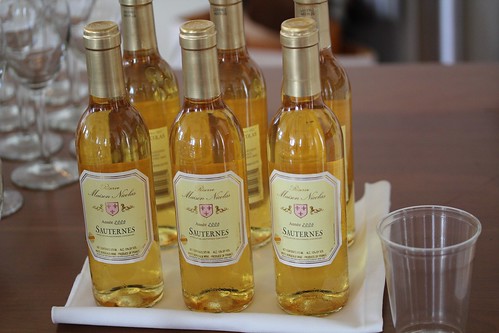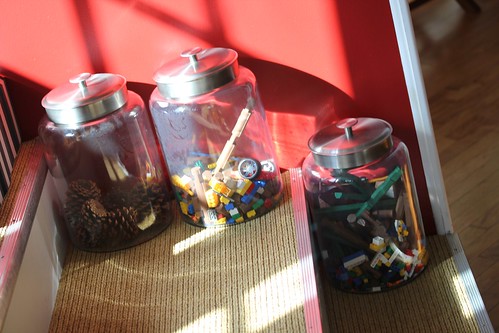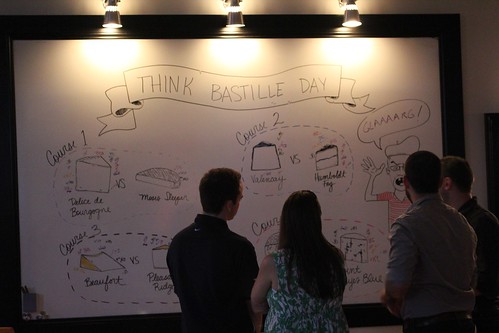
Yesterday, I had my first story in the food section of The Philadelphia Inquirer. This was a proud moment for me. Since I moved to the web (this makes me sound like a spider), I haven't written for newsprint. It was gratifying to run my fingers across real ink again.
My story on Urban Apiaries, a Philadelphia honey company that bottles by neighborhood, came about via cheese. Three weeks ago, I stopped in to peruse the dairy case at Milk & Honey Market in West Philadelphia and ended up spending an hour talking to the owner, Annie Baum-Stein. We'd been keyboard friends but had never met face to face.
"I have a new project that I'm so excited about," she told me, pulling a jar of honey off a shelf. On the lid was a label printed with her zip code -- the honey came from the hive just above us, on her roof. Intrigued, I whipped out my notebook.
Annie's enthusiasm for rooftop beekeeping and her observations about different flavors of honey from around the city were riveting. Later, I muddled over how I would condense our conversation into a blog post. Then it occurred to me: maybe this story was bigger than a post.
As a blogger, it's easy to think that everything happens online. But as a former newspaper editor, I remember the thrill of seeing bales of newsprint arrive on street corners and in coffee shops. Yesterday, that pleasure returned when I walked to the corner kiosk and bought a copy of my very own story -- the first printed story about the city I now call my home.
To read the full story, click here.
Out Takes
One of my favorite shots that didn't make it into the story is this one (below) of Chef Corey Baver in his roof garden above Restaurant Paradiso. The hives aren't visible because they're behind me.

I was amazed to taste honey from three different zip codes. Each one was distinct. If you look closely, you can see that the colors are slightly different.

The honeys were especially good with local cheese. Sean Faeth (below), of Biba, put together a tasting that I attended for this story. My favorite combination was Birchrun Hill's Red Cat with 19148 honey. But of course.

If you live in Philadelphia and haven't visited Annie Baum-Stein at Milk & Honey Market, do yourself a favor. She's on the forefront of food in interesting ways. She also owns Roost, a chiken-and-biscuits delivery service.


